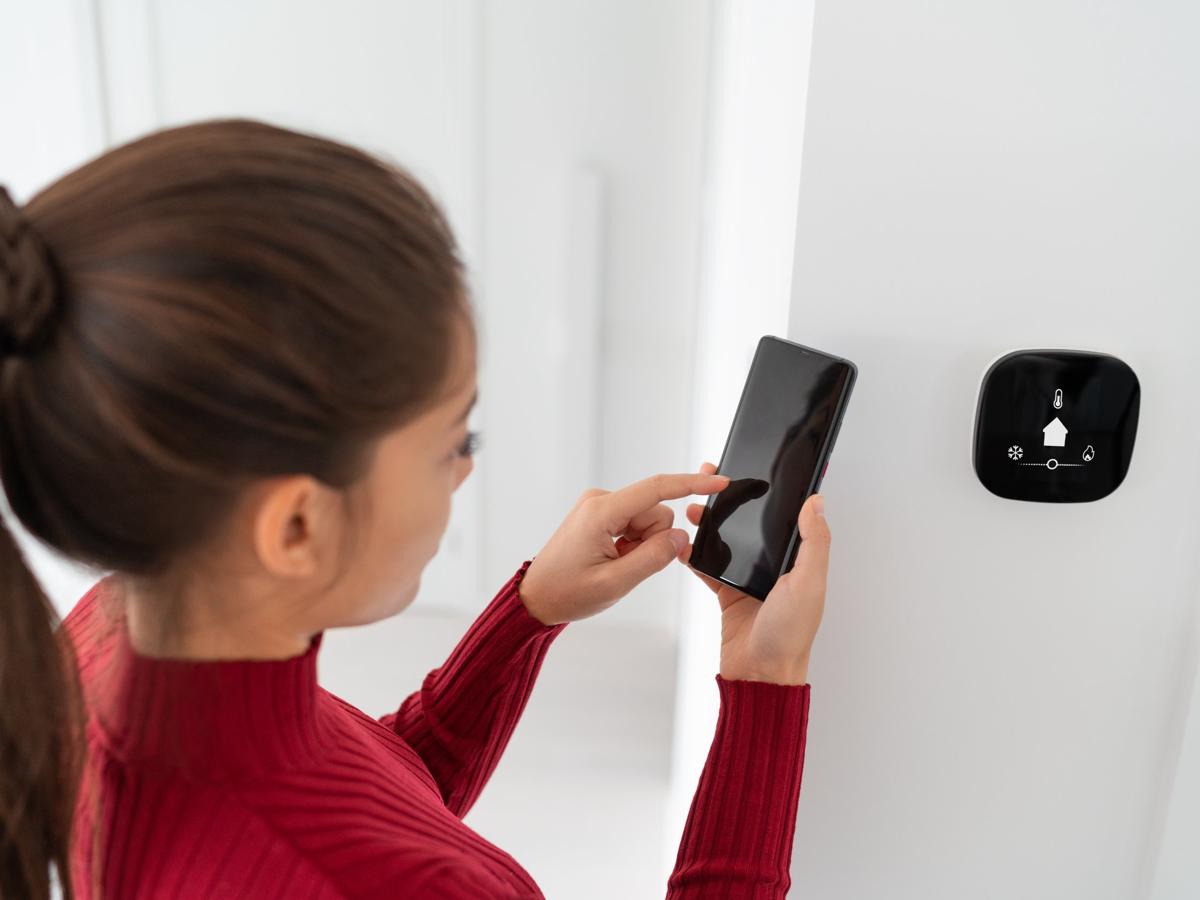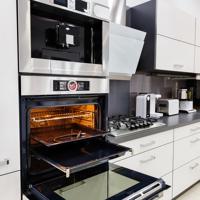In today's world, where technology is intricately woven into our daily lives, understanding and managing our energy usage has become rather significant. With the increasing emphasis on sustainability, many individuals are keen on adopting a smarter lifestyle using technology. One of the ways to advance this goal is by using devices designed to monitor energy usage. These devices are helping households and businesses alike to manage consumption patterns more effectively.
Why Monitor Energy Usage?
By understanding how energy is used within a household or business, informed decisions can be made on how to reduce wastage and improve efficiency. Monitoring devices offer insights into when and where energy is consumed the most, enabling us to make necessary changes to our habits.
Moreover, they are particularly beneficial in identifying major energy consumers, making it easier to strategize better energy-saving practices.
Types of Energy Monitoring Devices
1. Smart Meters
Smart meters are replacing traditional meters in many homes. Unlike their predecessors, smart meters provide real-time data on energy consumption. They communicate directly with energy suppliers and give a thorough report on the usage.
These devices help in getting a clear understanding of peak consumption periods, which can be quite helpful for homes that operate on time-of-use energy tariffs.
Example:
- British Gas Smart Meter: This device offers detailed insights into electricity and gas consumption, allowing users to see energy costs as they occur.
2. Smart Plugs
Smart plugs not only allow devices to be turned on or off remotely but can also track the power usage of each connected device. They're exceptionally useful for managing phantom energy - the energy that appliances use even when they're turned off.
Using a smart plug , you can track how much energy your TV, gaming console, or computer monitor consumes. Over time, the data collected can inform decisions about when to unplug or switch devices off completely.
Example:
- TP-Link Kasa Smart Wi-Fi Plug Mini: This plug is capable of monitoring energy usage and provides a detailed report via an app.
3. Home Energy Monitors
These are more comprehensive devices that measure the electricity use of a whole house. They are usually connected to a home’s power distribution board and can provide insights into both real-time and historical data usage for the home. This is often a feature of smart home energy management systems.
Home energy monitors typically look at the bigger picture of energy usage instead of breaking it down by individual device, although some newer models have this capability as well.
Example:
- Sense Energy Monitor: This device attaches to the electrical panel, providing a detailed breakdown of electricity consumption patterns.
4. Smart Thermostats
While primarily designed to control heating and cooling systems, smart thermostats also monitor the energy used in this process. They provide data insights about when the heating or cooling system is activated, promoting efficient energy usage by adapting to user habits and schedules.
Example:
- Nest Learning Thermostat: Adjusts heating and cooling habits based on user behavior and provides energy usage reports.
Benefits of Using Energy Monitoring Devices
Cost Savings: By identifying excess energy consumption and reducing wastage, users can save significantly on utility bills.
Increased Awareness: These devices promote awareness about energy usage patterns in real-time.
Environmentally Friendly: Reduced energy consumption leads to lower carbon emissions, contributing to a more environmentally friendly home or office. This can be achieved through improved Energy Efficiency.
Considerations
While these devices offer various benefits, it’s essential to consider installation costs, device maintenance, and compatibility with existing systems. Moreover, learning to interpret the data provided by these devices can initially be a task, but over time, it becomes an instrumental component of energy management.
Conclusion
Incorporating technology to monitor energy usage is a minor adjustment with potentially significant benefits. As we pivot towards a more sustainable future, these devices provide tools to consciously manage and reduce energy use. It's not about perfection in energy efficiency; rather, it's about making informed and incremental adjustments to our lifestyles.



